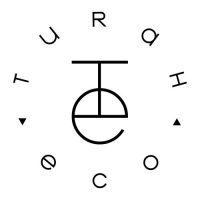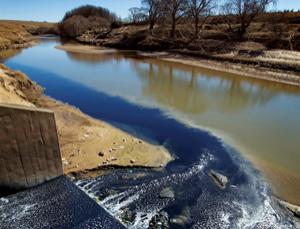At this point, everyone owns or has owned a piece of denim, be it as a pair of jeans, or in any other type of piece of clothing. That being a fact, in this blogpost, we are going to learn the impact of denims on the environment.
Many people are oblivious to the significance of denims in the fashion industry. For starters, many people have no idea that denim is made from cotton, and many other processes that come with production. Denim as a fabric was popularised by American miners in the 1920s for it strong, durability traits. The word Denim comes from the French word serge de Nimes, a fabric that was discovered in France in a town called Genoa. After the Second World War, denim became a commercial fabric with brands like LEVI taking its lead in being the first denim label, making denim fashionable and everyday wear. Today, denim is a fashion statement and has become part of the main fabrics on the fashion market today.
Denim production and demand has become so high that the means to reach this demand have become unethical and dangerous to our general existence, and that of other species. And here is why;
The raw material; Cotton
Denim is made from cotton, it is then combed and straightened, this is where the washing, dyeing happens. After that, the cotton is spun into a yarn that is then turned into fibres that constitute the denim fabric. Knowing that cotton when grown organically on small scale is not distractive to the environment, the high demand however has led to mass production of cotton on a large scale where dangerous pesticides and fertilisers have been used to grow the plant as fast as possible. Most Cotton is grown in the USA and China on large scale, two of the most notorious countries in mass producing inorganic items with little or no regard for resources.

The problem;
Pollution:
The number one flaw of denim production is the amount of pollution it leaves behind after production. Many denim buyers are clueless of the impact of their demand of denim on the environment. Here are some;
Land Degradation
Since cotton needs large fields of land, acres of land are used at a time, and soil pumped with artificial fertilisers that are clearly not good for the air and for the soil. What happens is that the long run after harvest, are dry fields with sterile soil that needs years to replenish and be used for agriculture again. In some cases the land does not recover and becomes semi arid land that is not usable.


Water Pollution
Since Denim is mostly blue, the indigo dye is used in the process on a large scale, in many unregulated dyeing factories, not only do the dyes contain toxic chemicals dangerous to the workers but to the water into which it is poured. Most of the dyed water ends up in drains, streams, rivers, the ocean and the the air. It not being natural, many ocean species suffer from polluted habitats, causing a shortage in ocean and land species where the air becomes toxic and in turn the rain too. It is a poor cycle that can only be broken by use of natural dyes. However natural dyes are expensive and might require more time, which the fast fashion industry does not have.



Water wasting
The process of denim making requires a lot of water, being that cotton has high water absorption capacity, it requires tonnes of water for a pair of denims to exist. When I say exist, I mean for it to stay on the earth till it is no longer in use. I could say that if used and maintained right, it could last generations and generations. For example, I have a pair of jeans that were second hand and not branded, that I have owned since 2007 and the fabric and dye is still intact. Back to the main point, denim needs a lot of water for production. To make a pair of denims, we need 20,000 litres of fresh water, yes 20,000. In a world where not everyone has access to fresh water, I think this is a real case of misplaced priorities that perpetuate the income and lifestyle inequality gap. Where a few have enough to make lots of jeans, a great majority lack water to drink.

There are many unethical factories aroung the world producing denim at a high rate and many have special ways of dyeing, spinning and so on. We as consumers have the power to stop demand for more jeans, or falling victim to denim trends, which appear very often. Infact, denim has become a classic in fashion and every year there is a different version of the trend.

The Solution
As I pointed out, we as consumers and designers like myself have a responsibility to take a stand and understand that there is enough denim on planet earth. We have enough denim to carry on to our grandchildren, and we do not need anymore denims. Here are somethings to consider before buying your next pair of denims.
- Why am I buying these jeans/ any denim item? …They need to serve a purpose. For example you lost or put on weight and really need a pair of jeans that fits you.
- How many times have I won the jeans that I own? Do I REALLY need more?
- How many times am I going to wash these jeans?
- Am I buying a trend?
- What type of cotton and dyeing was used?
- Recycle/Up-cycle more denims. Designers and consumers should look into use of already existing denim.
We are the demand, and the solution lies in our knowledge of our purchasing power. Once we learn that, then we escape the traps fast fashion sets and mass production that does not make us in the end feel special but rather give a delusion of inclusion. Once we have the power, then we still have a chance in our generation to turn the events of the future into something less disastrous than what it looks like at the moment. With that, I empower you to spread the word. Do more research, and take back your power as human-being by being responsible for the earth in which you exist.
Thank you and please check out my shop to support my handmade eco-friendly products https://theturah.wordpress.com/shop/, and other related blog posts. Do not forget to like, comment or share.
Cheers;)


Leave a Reply